Last updated on January 27th, 2023 at 08:26 pm
Rome lasted for over 1,000 years, from around 753 BC to approximately 476 AD.
At its height, the Roman Empire spanned most of Europe, from England to the eastern corners of Babylonia (modern-day Iraq).
Ancient Rome has had many contributions to modern life, and we still feel the influences of their culture and methods even today.
Let’s look at all the contributions Ancient Rome has made to the modern world.
Roman Roads
There’s a reason the expression says ‘all roads lead to Rome.’ The Roman’s expansive road network stretched across their entire empire and is still renowned today.
They used combinations of dirt, gravel, and bricks made from hard volcanic lava to create tough roads that could withstand all sorts of weather.
Roman roads are also notoriously straight, with slight banking, which means water would run off the road when it rained and prevented water from sitting.
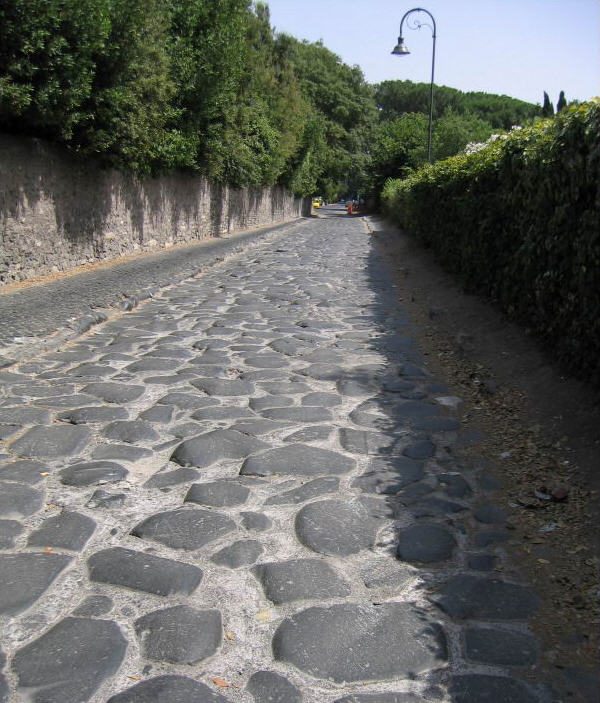
They constructed over 200,000 miles of road across their empire, and many are still used today. They were marked out by stone markers indicating miles and had patrolling soldiers.
Their efficient network allowed them to pass on messages and supplies faster than other kingdoms, and their innovation inspired us to create our incredible streets, freeways, and highways.
Concrete
Roman concrete is one of the most durable construction tools in the entire world. So much so that people are still trying to understand the full secret to Roman concrete today.
We have been using it in construction since the 19th century, but even now, plenty of our concrete softens and cracks after around 50 years. Roman concrete has lasted centuries.
They mixed lime and volcanic rock/ash to create a mortar, triggering a chemical reaction when mixed with seawater to create underwater structures.
The materials are cemented together to make a potent material for building.
A Structured Mail System
The Cursus publicus was the courier and postal service offered to wealthy Ancient Romans.
They used it all over the ancient empire to send messages, supplies, officials, and tax revenues from one area to the next. The empire was vast, spanning thousands of miles, so it’s understandable why this system was necessary.
The average speed of Roman messengers using their extensive road network was around 50 miles a day. In addition, there was a slower service with larger carriages that were primarily used for government letters.
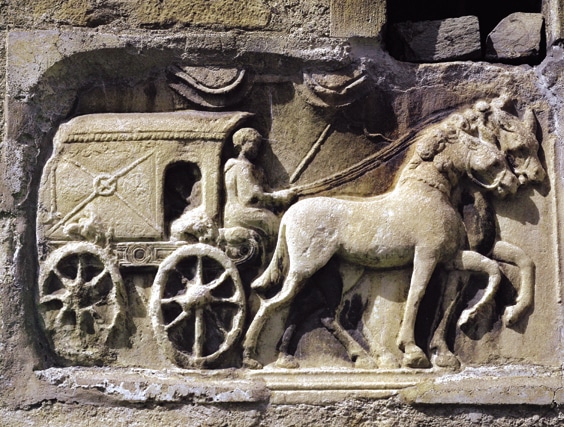
Correspondence was sent all over the empire, usually transported from start to finish by the same person. It provided additional security but slowed down the efficiency. They would use ships for sea-based travel and horses and carriages for land.
Many people used their own servants or traders to pass their messages, and the mail service was reserved for the Emperor and governmental reasons. Permits were required to use the postal service.
A Precursor to the Newspaper
While the Romans didn’t have the same range of national, local, and international newspapers we have now, they had the world’s earliest recorded version of one.
The Acta Diurna has been credited as the world’s first newspaper and was a daily chronicle that discussed the topical issues facing ancient Rome.
The paper outlined military victories, gladiatorial news, political information and even provided a list of births and deaths to keep Roman civilians informed and up-to-date.
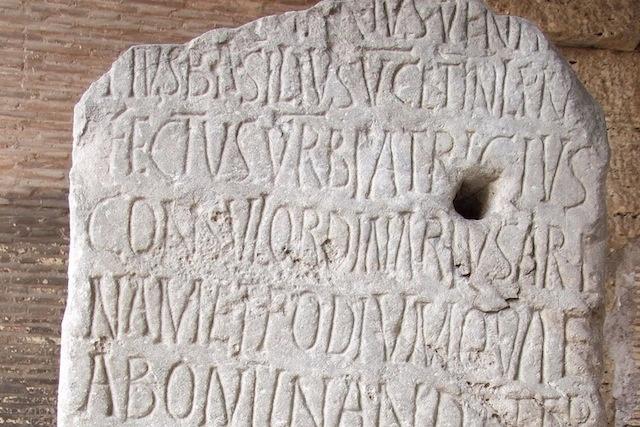
It was made from stones, papyri, or metal slabs and posted in public spaces where people gathered so they could discuss it. Acta Diurna roughly translates to ‘Daily Acts’ or ‘Daily Public Records.’
Sadly, no surviving copies of the Acta Diurna have made it to now, but we know it existed based on the recorded history of Ancient Rome. From there, the idea has evolved into the many online and physical newspapers we have today.
Plumbing and Sanitation
As evidenced from this list, Roman engineering efforts were so advanced that even today, we’ve struggled to develop better solutions.
Their roads, aqueducts, and ancient structures like the Colosseum have stood the test of time.
Romans were very hygiene conscious. As a result, many of their settlements had extensive baths. They even named a town in England after the Roman baths aptly called Bath.
It should be no surprise then that Romans also developed advanced sewer and plumbing systems to remove waste.
Primarily made of lead, their pipes connected the Roman Empire to a reliable water supply and flushed waste out.
While few written documents have survived to tell of their architectural genius, archaeologists have discovered evidence of lead in soil and sediment samples to show the pipes were installed around 200 BC in an ancient Roman town, Ostia.
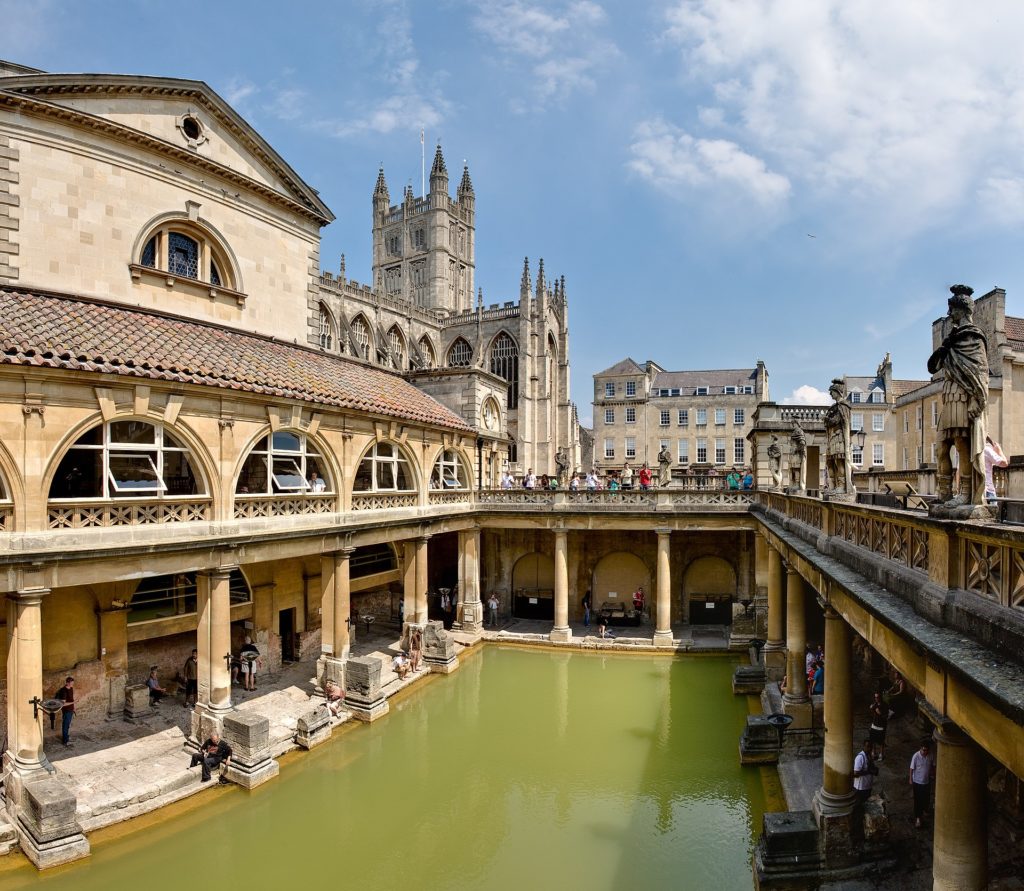
After civil wars broke out in Ancient Rome and the empire fell, the pipes were no longer maintained and broke down. We can also now recognize the use of lead in these pipes contributed to widespread lead poisoning in the ancient world.
However, despite that, Ancient Roman methods for plumbing and sanitation were ahead of their time, and we still use similar methods today.
Underfloor Heating (Hypocaust System)
Roman engineers knew what they were doing. Besides their innovations in plumbing, roads, and concrete, they also created an intricate hypocaust heating system that’s still like the ones we use today.
Roman houses and baths had an underfloor heating system that enabled them to get heat underfoot.
First, they connected the hypocaust system to a furnace that kept the heat, and then they raised the floor up with small pillars to allow the hot air to flow underneath it.
They then created the floor from two sandwiching tile layers with concrete in the middle.
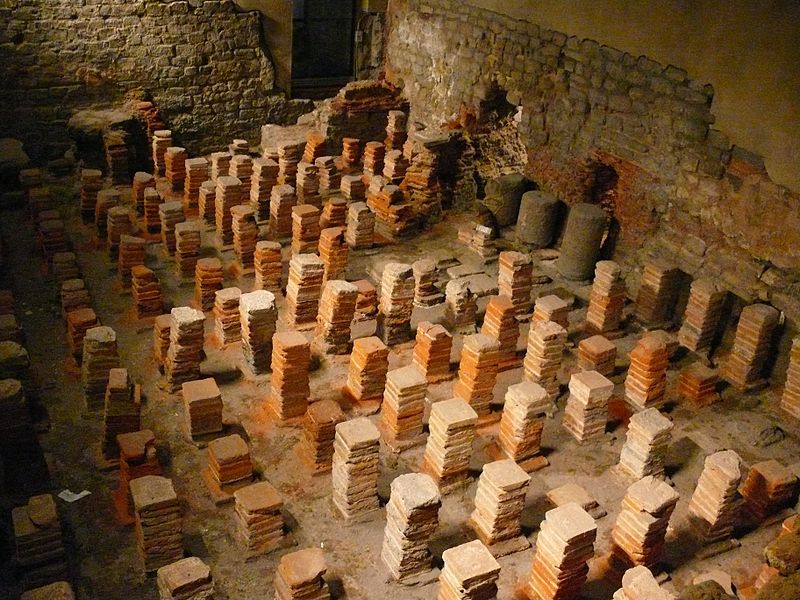
The air traveled up through the walls in flues and heated ceramic wall tiles, too, before escaping from the property out of the roof.
There were associated risks, as a leaking floor or wall could lead to carbon monoxide poisoning or inhaling smoke.
It was a system only affordable to wealthy Romans. It was expensive to run and carried high construction costs because of the skilled engineering required. Primarily, the hypocaust system was used in Roman baths or large Roman mansions.
Arches
While Romans didn’t invent the arch, they perfected it. They used it in many architectural feats, like buildings, bridges, and aqueducts. We can see their amazing use of arches in the Colosseum, still standing in Rome.
An arch is an excellent architectural tool, as the pressure on the rock is shifted downwards, where it can be supported at the side by heavy columns and structures.
Romans used the arch to create bigger, complicated buildings meant for holding plenty of people simultaneously.
The Romans used arches to their advantage, which helped them build their extensive road network. It meant their empire could stretch even further geographically. We still see evidence of arches around Europe, like the Arc D’Triomph in Paris.
They were commonly used in buildings because of their strength and support. The Romans liked to construct many arches in a row (referred to as an arcade) to keep the structure capable of holding plenty of weight and people.
Plenty of these buildings still stand today, thanks to their innovation.
Surgical Tools
Medicine was taken seriously in Ancient Rome. Thanks to the eruption of Mount Vesuvius, we’ve been afforded a glimpse into Ancient Rome’s medicinal methods.
When Mount Vesuvius erupted and buried Pompeii and Herculaneum in ash, it froze the city in time. Pompeii’s House of the Surgeon was excavated and had plenty of Ancient Roman surgical tools for doing precise medical operations, giving it its name.
There were forceps, catheters, and arrow extractors found in the hoard. This shows Romans were ahead of their time in carrying out medical operations, and plenty of their designs are like items we continue to use today.
There were also bone levers for moving fractured bones into position and potentially to help remove teeth, cupping items for letting blood, and cauterization tools.
Not only were these tools used in hospitals (or at least, the Ancient Roman equivalent), but they also employed a medic to assist soldiers on the battlefield.
This is an earlier version of our military medical teams now, who are on-hand in case something goes wrong while in action.
Codex-Style Books
Romans can also take credit for an early form of a bound book. Before this, people carved into stone, clay, or wrote on scrolls. But Julius Caesar was the first person to task someone to bind sheets of papyrus.
Ancient Egyptians did something similar, but they pasted papyrus sheets together instead of binding them.
The pages bound together formed a codex, the ancient predecessor to a book. While they didn’t skyrocket in popularity right away, by the first century, books were rising in favor. Christians then used the innovative idea to produce the first copies of the Bible.
Aqueducts
Historically, humans formed settlements near major waterways and rivers to ensure they had a plentiful supply. However, in Ancient Rome, they created a way to transport water from its source and into their cities.
Roman aqueducts used a combination of their strong concrete, formed in their trademark arch designs, to transport water in lead pipes from rivers and freshwater lakes right to their city centers.
These epic engineering achievements were originally inspired by channels from designs in Ancient Egypt and Inda, but the Romans took it, ran with it, and expanded it.
In addition to their road network, they constructed an extensive aqueduct system around their empire.
The iconic aqueduct bridges still exist around Europe, but these were only a small part of their thousands of miles long aqueduct network.
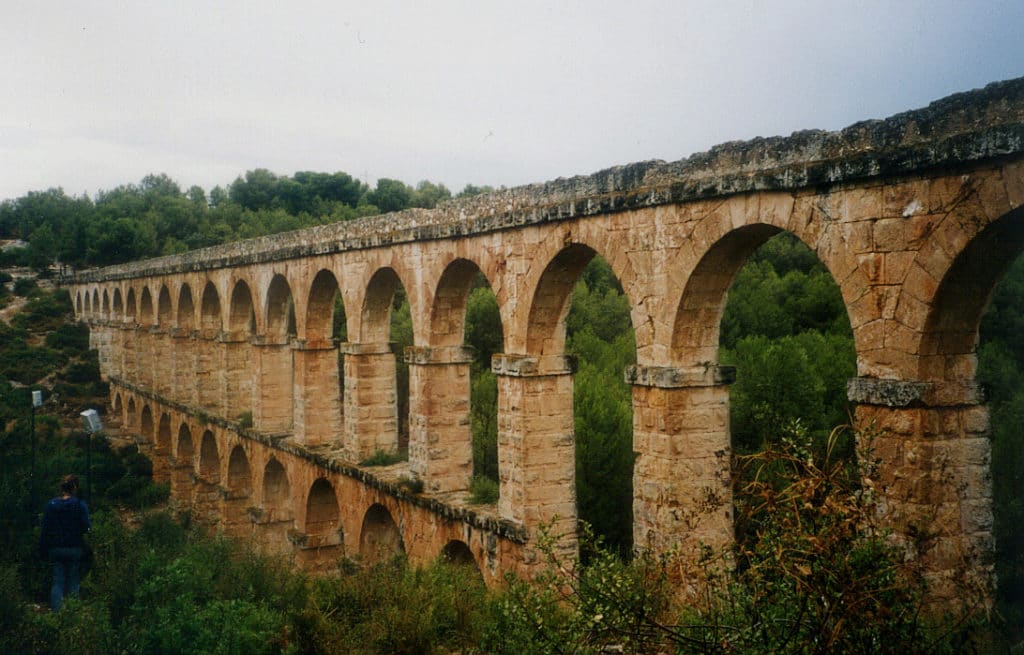
Rome alone had 11 different aqueduct systems providing the empire’s capital with fresh water. It came from sources 57 miles away.
Aqua Virgo, a 21-mile extensive aqueduct system, is still functional in the Italian capital today.
Agrippa constructed it in 19 BC. Even though it no longer supplies Rome with pure drinking water, it supplies the water for the famous fountains dotted around the city’s historical areas, including the Trevi fountain.
The invention of a steady flow of water was ground-breaking for its day. Every time we turn on a faucet, we draw from Ancient Rome’s innovations.
The Julian Calendar
Julius Caesar developed the calendar system that we still use.
Before the Julian calendar, Rome used a 355-day lunar calendar, with an additional month added once every two years to account for any missing time.
However, because of the additional month, it was growing out of sync with seasons and festivals and made little sense to use.
In 46 BC, Julius Caesar brought in the Julian calendar. He proposed we use a 12-month cycle, consisting of 3 years at 365 days, with an additional leap day every fourth year. It also brought the New Year to January 1st, instead of March.
In 1582, they amended the Julian calendar after almost 1500 years of continuous use. The Gregorian calendar took its place and accounted for the problem that the year is not exactly 365.25 days long.
The Many Inventions of Rome
As you can see, the Romans have contributed to our modern world significantly.
Their influence stretches from architectural design to innovative societal functions, like mail and plumbing, that we continue to use.
We might not think it’s a big deal anymore to have flowing water, and a mail system that ensures messages and packages are transported from point A to point B.
But without these Roman inventions, who knows where we would be now?
The long Ancient Roman empire brought many technological advances to humanity. This is evidenced by how many of them we still use.
They were an advanced civilization for their time, and it’s easy to see why their empire took up much of Europe.
From plumbing to roads, the Romans had it all.

